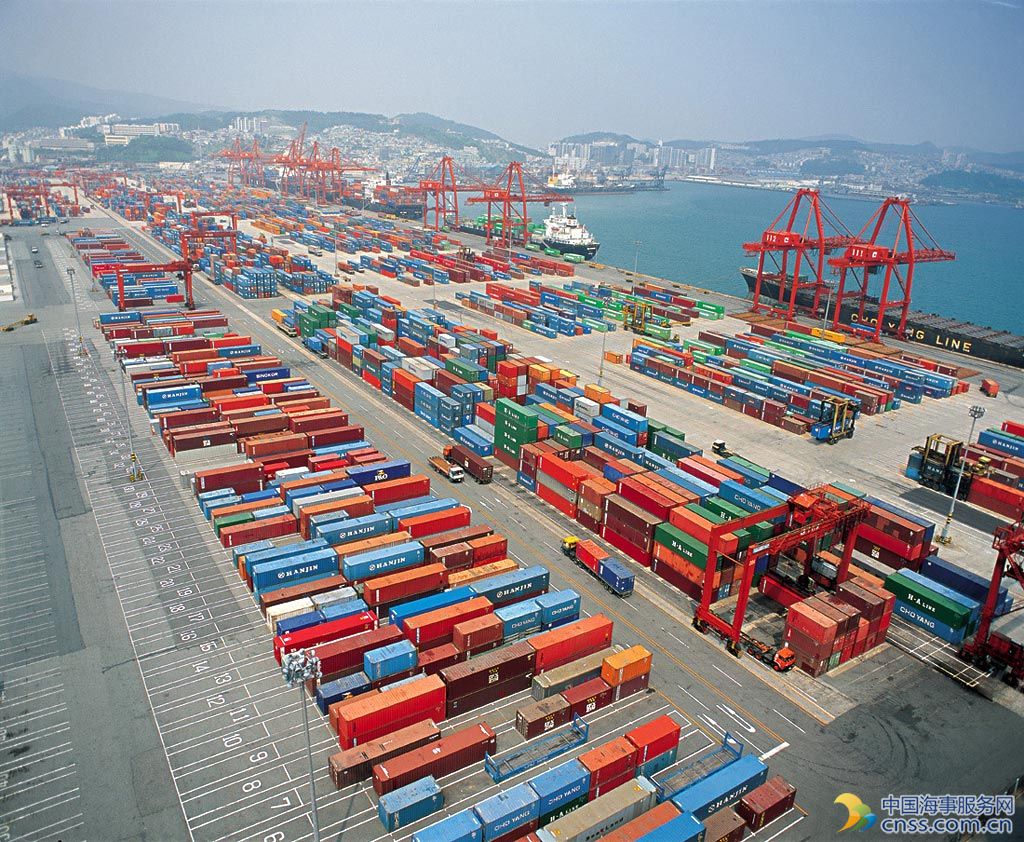Higher Oil Prices Put Smiles on the Faces of Energy Executives at Davos

A recovery in oil prices has cheered energy-industry leaders gathered this week for the annual meeting of the World Economic Forum, with many confident that demand is finally better matched with supply after a two-year price collapse.
“Everybody thinks the worst is over,” said Emma Marcegaglia, chairman of Eni SpA, Italy’s biggest oil company. “The mood is completely different compared with last year. The mood is better.”
To support their faith in the recovery, several industry leaders cited mounting evidence that the 24 countries that agreed to lower production late in 2016 are complying with the pledges they made.
Executives are also closely watching U.S. shale output, which could limit price gains if production rebounds too much. A report by the International Energy Agency released Thursday forecast that shale volumes would increase by an average of 170,000 barrels a day.
The resurgence of shale production means that even though prices have stabilized for now, energy markets are headed for more, not less, volatility, the IEA’s executive director, Fatih Birol, said in an interview.
“The name of the game is the increasing volatility of oil producers,” Mr. Birol said. Brent crude rose 1.7% to $55.05 a barrel with bullish oil-market sentiment buoyed by the latest signs of waning production.
To guard against the possibility of further price declines, several executives said they are taking a more cautious approach to spending and will keep in place cost-cutting strategies adopted during the downturn.
“We’ll be very selective,” BP PLC Chief Executive Bob Dudley said in an interview. “What we don’t want to do is lose the discipline we’ve built in.”
That caution suggests that it may take longer for suppliers and oil-services companies to benefit.
“You really have a sense of optimism and people want to believe the recovery is there,” said Lorenzo Simonelli, the head of General Electric Co.’s oil and gas unit. “If I look at it from a supplier perspective, it’s early to say everything’s rosy,” Mr. Simonelli said.
In addition to worries about price volatility in the near-term, longer-term questions about fossil fuel demand growth—including forecasts that oil demand will peak—played a more central role in discussions this year, several executives said.
As regulation to combat climate change mounts and alternatives to fossil fuels become more cost-competitive, more energy companies are concerned about “what is demand going to look like,” said Daniel Yergin, vice chairman of IHS Market and a longtime energy analyst. “This is on the mind of everyone in the industry.”
Executives are also beginning to talk more openly about how the carbon intensity of projects influences investment decisions.
For example, BP’s Mr. Dudley said that as the company seeks to be more selective about which projects to sanction, some of the most carbon-intensive projects, such as Canadian oil sands, wouldn’t meet the bar.
He and others emphasized the role of natural gas in their business mix as part of moving toward “lower-carbon energy.”
Source: Wall Street Journal
HEADLINES
- Do shipping markets want Biden or Trump for the win?
- All 18 crew safe after fire on Japanese-owned tanker off Singapore
- Singapore launching $44m co-investment initiative for maritime tech start-ups
- Cosco debuts Global Shipping Industry Chain Cooperation Initiative
- US warns of more shipping sanctions
- China continues seaport consolidation as Dalian offer goes unconditional